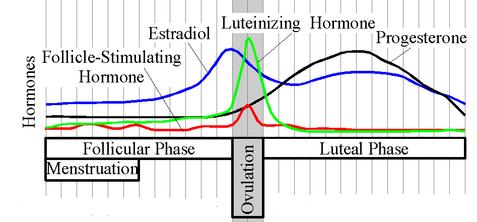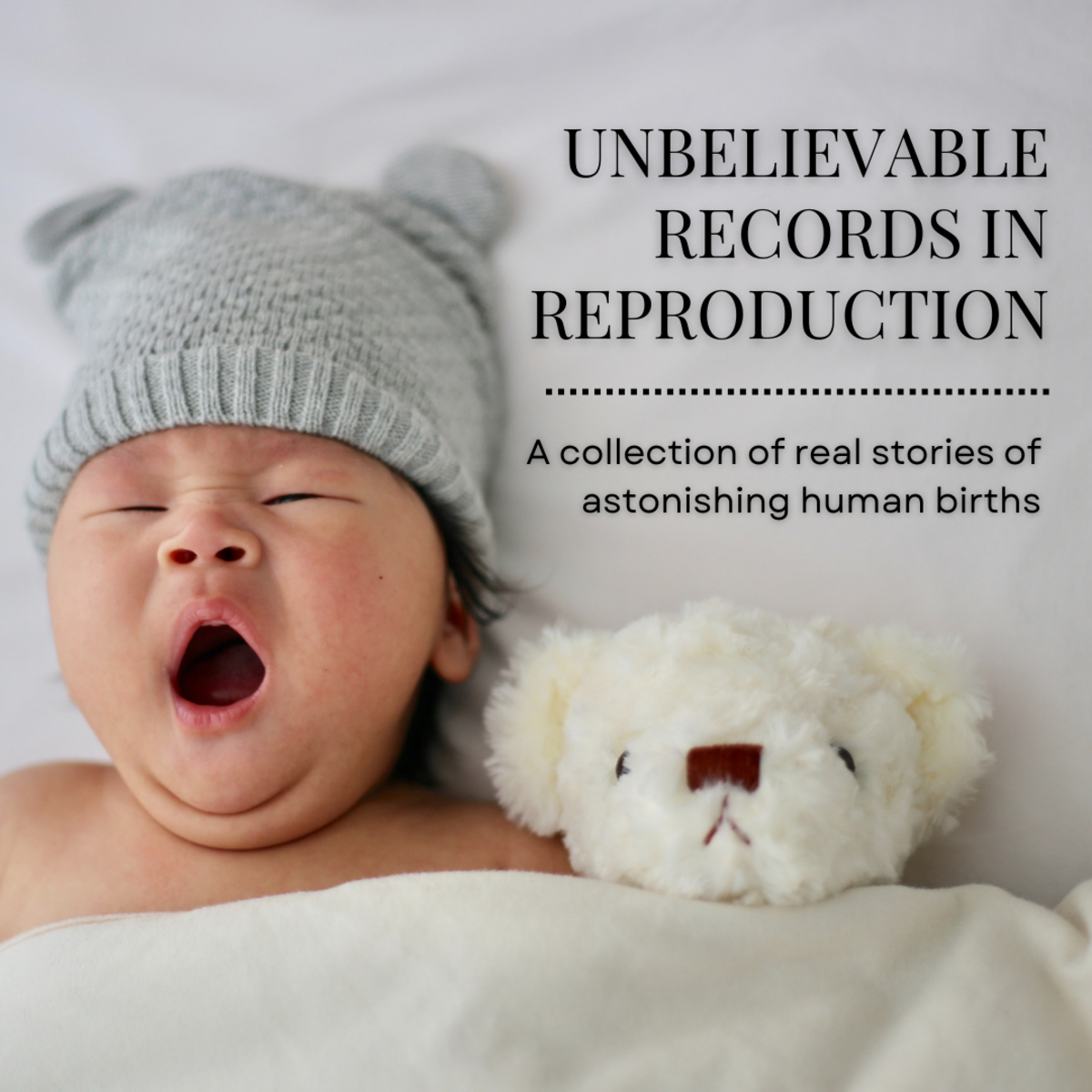Progesterone and fertility

Before taking any progesterone cream, you should know: not all progesterone is created equally. Only our bodies produce progesterone naturally, and the only other so-called ‘natural’ progesterone is derived, oddly enough, from wild yams, or from soya beans. Who knew?
But it is also noteworthy that we cannot just eat a wild yam and expect to ingest the progesterone; it has to be extracted from the yam in the lab.
These near-natural progesterones from wild yams and soya are known as bio-identicals, as they are the closest thing to what our bodies produce, and are therefore the best kind to take as a supplement.

How to use it
First, get your progesterone level checked. Ask your doctor to do it, or you can do it yourself with a home saliva-test kit.
If your progesterone levels are low, give your body time to adjust to the added progesterone. You may experience a surge of oestrogen at first, as your body is adjusting and balancing out the oestrogen and progesterone.
If you are trying to conceive, start using progesterone creams several months in advance, to bring your levels up again.
Give yourself anywhere between 3 and 12 months to adjust to the new progesterone levels. There is no overnight cure!
The best way to take in progesterone is as a transdermal (through the skin) cream.
Rub it into parts of your body where the blood capillaries are closest to the surface of the skin, such as: face, neck, palms of your hands, feet, stomach and breasts.
Also, don’t always apply it in the same place – change it up a bit.
Split the doses of progesterone up into two applications per day – one in the morning and one at night. Don’t go overboard and apply too much at one go. Use the recommended dose allowance on the bottle – it’s there for a reason. Having said that, if you accidentally apply too much, you’ll be okay.
If you discover you are pregnant, you MUST continue using the progesterone. If you suddenly stop, your progesterone levels will drop, which could result in a miscarriage.
You can start cutting back from progesterone, while pregnant, at about 16 weeks. By this stage, the placenta will be making its own progesterone.
Don’t just stop cold-turkey though; rather wean yourself off by using less each day.
Stop using it if you have been trying to fall pregnant without success.
What does progesterone do?
We secrete progesterone in our female reproductive system, specifically in the ovaries, placenta and adrenal glands. Its main function is to regulate the inner lining of the uterus, preparing it for fertilized eggs, which are implanted in the uterus lining and then develop.
Progesterone is secreted by the ovaries until just a few days before the menstrual cycle begins, when the levels drop off, halting the growth of the uterine wall, at which stage it starts to break down, and menstruation begins.
If an egg is fertilized in the uterus, progesterone is essential in supporting the pregnancy and forming the placenta, which then takes over the production of progesterone from about week 12 of pregnancy.
Progesterone and oestrogen both play a role in the release of eggs in the ovaries.
In the fallopian tubes, progesterone is believed to stop the tubes from contracting once the egg has travelled through it.
During pregnancy, progesterone is responsible for the stimulation of glands in the breasts that release milk for breastfeeding.
Also during pregnancy, the levels of progesterone rise steadily until labour.
A drop in progesterone levels during pregnancy can cause miscarriage, which is why doctors prescribe it to some pregnant women.
Progesterone is also used in Hormone Replacement Therapy for women going through menopause.
How much is enough?
The dosage may vary, depending on how low your levels are, but doctors recommend taking between 30mg and 40mg per day, or more if needed.
A ¼ teaspoon is about 20mg. So you could ideally apply a ¼ teaspoon in the morning and another ¼ teaspoon at night, to equal 40mg.
After the first month of pregnancy, the dosage can be gradually increased to about 60mg to 80mg per day. First consult with your doctor though.
You should only use Progesterone in the second half of your cycle, after ovulation. It is advised to use an ovulation kit, so that you can know for sure when you have ovulated. Usually, ovulation occurs 10 to 14 days after the menstrual cycle begins.
You should apply Progesterone cream from day 14 to day 26 of your cycle.

Personal note
A friend of mine had two miscarriages, at the age of 37 and 38. She started taking progesterone cream after her second miscarriage, and successfully carried her third pregnancy to term, continuing to use the cream up to her second trimester.
What kind should you take?
Make sure the progesterone cream is a bio-identical one – in other words, derived from wild yams or soya beans. These are closest to the body’s natural progesterone.
See my other articles on fertility health
- Change your exercise routine for optimal fertility health
Whether you’re trying to conceive or not, exercise is good for you. Not just to keep your body in shape, but your mind too. - The best diet for fertility health
Many factors can contribute to infertility; an unhealthy lifestyle is just one of them. So why not increase your chances of falling pregnant by living the healthiest life you can? - Crystal healing for fertility
Many people believe in the healing properties of crystals, and use the stones in their everyday life, for myriad reasons. So can crystals weave their magic for fertility issues too? - The Benefits of Acupuncture for Fertility Issues
Can acupuncture help with your fertility issues? In some countries, acupuncture has been used for centuries as a means to help women fall pregnant. - DHEA for age-related fertility issues
For many years, DHEA has been heralded as an anti-aging supplement, but it is now also being used by many older women as a supplement to boost fertility. Here's why: - Homeopathic remedies for fertility
Can homeopathic remedies be used for fertility purposes? Many people swear by these all-natural remedies, but does it actually work? - FSH levels and fertility
As we age, our Follicle-stimulating Hormone (FSH) level increases. What can we do about it, and can we still fall pregnant? - Using Chinese Herbs for Fertility
Chinese medicine is gaining world-wide popularity because of its effectiveness in fertility-related issues. - Vitamins and Supplements for Fertility
Many vitamins and supplements have astounding benefits specifically related to fertility, for men and women. - The 6 Best Yoga Poses for Fertility
Many fertility issues can be caused by stress. These yoga poses can relieve stress and be incredibly beneficial to your reproductive organs. - Reflexology and fertility
Many women claim that reflexology helped them conceive, despite fertility issues or age-related problems. Here's how it can work for you.








